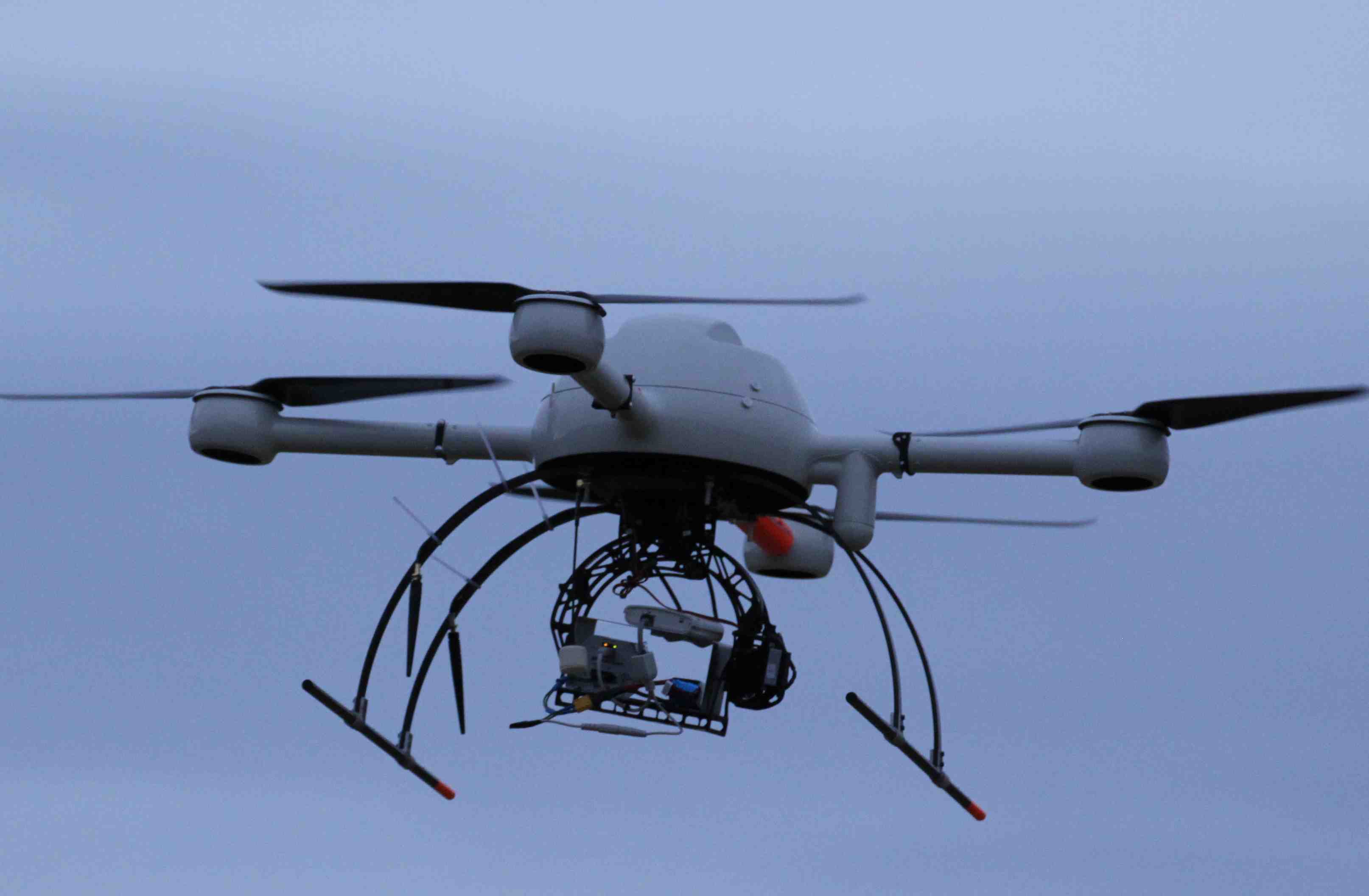 2025-07-08
2025-07-08
Types of UAVs
(1) According to different platform configurations, UAVs can be classified into three major platforms: fixed-wing UAVs, unmanned helicopters and multi-rotor UAVs. Other small types of UAV platforms also include umbrella-wing UAVs, flapping-wing UAVs and unmanned spacecraft. Fixed-wing UAV is the mainstream platform of military and most civil UAVs, and its biggest feature is its fast flight speed. Unmanned helicopter is the most flexible UAV platform, which can take off and hover vertically in situ; Multi-rotor (multi-axis) unmanned aerial vehicle (UAV) is the first choice platform for consumer and some civil purposes. Its flexibility is between fixed wing and helicopter (taking off and landing requires thrust), but it is simple to operate and low in cost.
(2) According to different application fields: UAVs can be divided into two categories: military and civilian, with different performance requirements for UAVs:
① Military unmanned aerial vehicle (UAV) has higher requirements for sensitivity, flying altitude, speed and intelligence, and it is the UAV with the highest technical level, including reconnaissance, decoy, electronic countermeasures, communication relay, drone and unmanned fighter.
Military unmanned aerial vehicles should pay attention to the following four problems: first, solve the problem of electromagnetic escape. Because the UAV mainly transmits instructions by radio, the instructions of the civil UAV are easily detected by the nearby enemy electronic system during transmission, which is equivalent to the fact that the opponent immediately knows when the UAV takes off or arrives at the destination, and loses the meaning of the UAV's hidden enemy.
Secondly, there is also a gap between civilian drones and military drones in terms of sailing time. Military drones have a longer flight time than consumer drones, because the general reconnaissance distance will be longer.
The third is the large load capacity. At present, the main application fields of military UAVs are investigation, monitoring and mapping. No matter whether they are equipped with photoelectric or infrared equipment, the weight of such electronic pods is usually more than several kilograms, far exceeding the effective carrying capacity of civilian UAVs.
The fourth is the issue of confidential communication. In order to prevent the communication link with the rear from being cut off or monitored, military drones need to be equipped with encrypted radio stations, and their size, power consumption and weight are also considerable. When carrying out the attack mission, it is more necessary to connect and maintain communication with the rear. The most important thing is that in the modern combat system, the UAV is no longer a single flight platform, but needs to be embedded in the entire combat system to undertake considerable tasks, and it needs to be carefully considered at the beginning of design.
